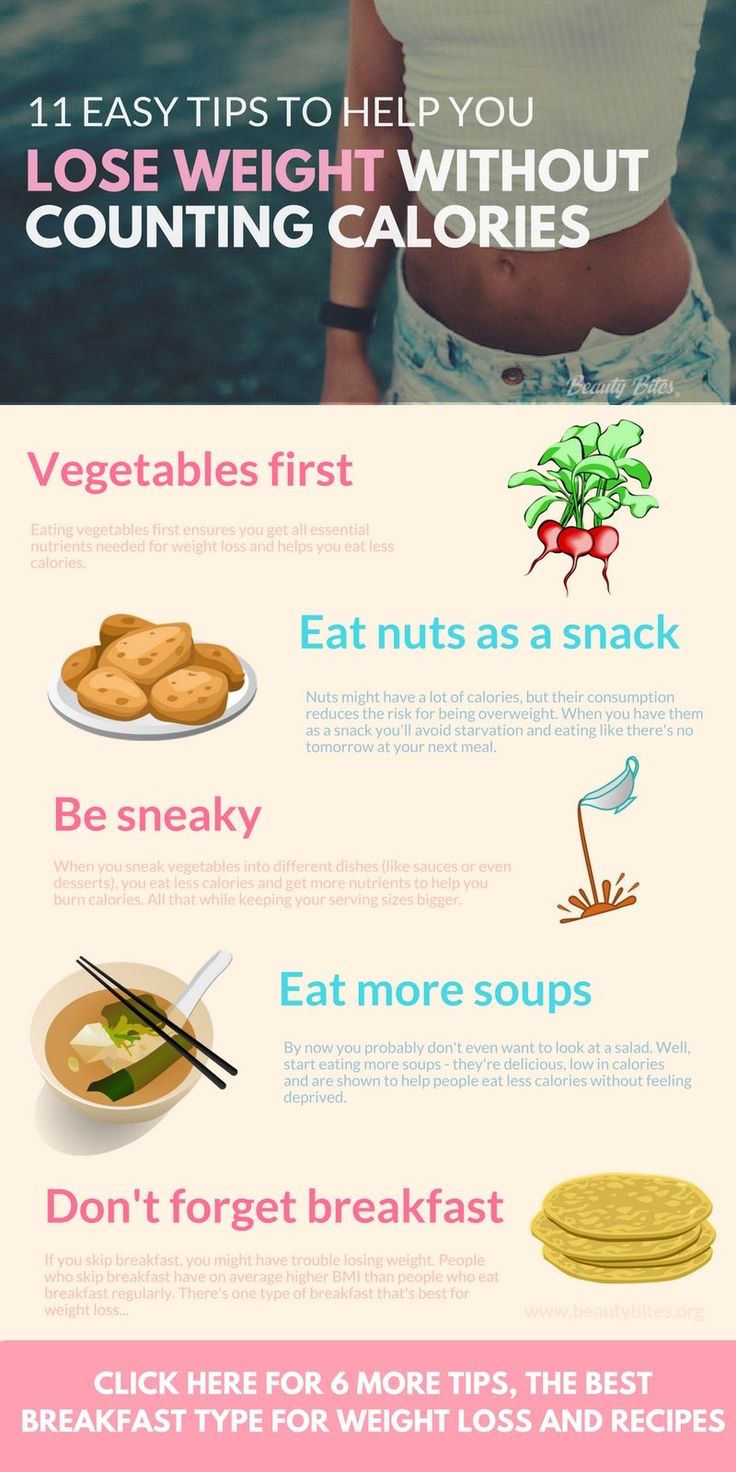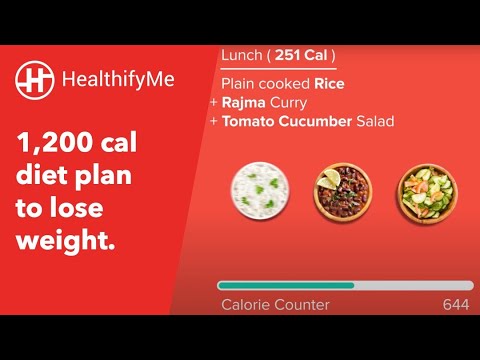
One of the hottest trends in fitness lately is doing shorter workouts to burn fat. But these short workouts are not necessarily effective for everyone. The best way to decide how much time to exercise is to not follow the latest trends. You should still incorporate a few shorter workouts in your weekly routine, and you should also include long cardio workouts. However, you can still do the traditional cardio workouts which are the best at burning fat.
Cardio exercise burns calories
High-impact cardio exercises are one of the most effective ways to burn calories and lose weight. High-impact exercise is a great way add variety to your training routine and to burn more calories that you might not expect. Running and jumping-jacks are excellent for losing weight, as they increase your heart beat more quickly than other types. These exercises are also great for people who do not have access or the means to exercise in a gym.
To determine how many calories you burn while performing a physical activity, use the Cornell University METS to Calories Calculator. It calculates how many calories you will burn depending on your activity level and time. At least 150 minutes of cardio exercise per week is recommended, along with at least two strength training sessions each week. If they have not been active in a while, they need to gradually increase their physical activity. Do not exercise if you feel tired.

Strength training burns more calories
The first thing to remember when strength training for weight loss is that it can be more intense than other forms of exercise. While it might sound counterintuitive at first, recent research showed that bench pressing with lighter weights can burn more calories than other forms of exercise.
Another way of looking at it is that muscle can be thought of as a bigger engine. Larger engines use more fuel. Strength training can build muscle, which has a higher metabolic activity than any other kind of tissue. Muscle burns more calories at rest than any other tissue such as fat. You can also increase your metabolism by doing intense weight training and high repetitions. These effects last for hours even after you have stopped exercising. This is called "excess post-exercise oxygen consumption" (EPOC).
HIIT burns more calories
HIIT can help you burn more calories while and after you exercise. This is known as EPOC, or excess post-exercise oxygen consumption, and it helps your body burn more calories even after you stop exercising. Your metabolism will increase due to the intensity of the workout, which shifts your metabolism away form carbs toward fat. The American Council on Exercise has recommended HIIT exercises for weight loss.
HIIT exercises have clear benefits: you can burn more calories in a shorter time and get more exercise. It increases your metabolism and cardiovascular fitness, which is especially important for those who neglect physical exercise. The high-intensity intervals can help increase muscle growth. HIIT workouts make a great choice if you're a busy person who is trying to lose some weight.

Circuit training burns more calories
When working out to lose weight, one of the most important factors is how much calories they are burning is their weight. An individual who weighs 180 lbs will burn around 40 more calories during 20 minutes of aerobic circuit training than someone who weighs the same. A lighter person will burn fewer calories in each exercise.
Slow movement is healthier overall but slow movements do not help in mobilizing fat. Circuit training is great for burning calories while helping you lose weight. The circuit allows a person to exercise at higher intensity for a shorter duration of time, by changing the exercises. Circuit training is not only efficient but also requires that you warm up properly to ensure your muscles are well warmed up.
FAQ
What level of exercise is required to lose weight?
Many factors influence how much exercise is needed to lose weight, such as age, gender, body size, and weight. Most people require moderate activity at least five days per week.
The American College of Sports Medicine recommends 150 mins of moderate-intensity aerobic exercise per week spread over three consecutive days.
You can lose 10 pounds by doing 300 minutes of moderate-intensity exercises each week, for example. You can do this by walking fast, swimming laps or biking, as well as playing tennis, golfing and hiking, or jogging, running or other similar activities.
For those just starting out, you might consider 20 minutes of vigorous activity every other week. You could do sprints, lifting weights or jumping rope.
Aerobic exercise helps to build muscle mass and burn calories. Muscle burns more calories per calorie than fat. So building muscle while losing weight may help you achieve your goal faster.
What length of Intermittent Fasting should I be doing to lose weight?
It is not as easy as you think. It is important to take into account a number of factors when deciding the optimal days for fat loss. These include:
-
Your age. If you are younger than 40, intermittent fasting might be too difficult because you have less time for recovery after each fast. On the other hand, if you're older (over 60), you may find that you don't have enough energy to sustain an extended period of daily fasting.
-
Your current body composition. If you already have a lot of muscle mass, you'll likely benefit most from longer periods of fasting. However, if you have little muscle mass, then shorter periods of fasting may be better suited for you.
-
How physically active you are. You may need to increase your fasting time if you exercise often. This will ensure you get enough rest between workouts.
-
Your health history. People with heart disease, diabetes, and cancer may require extra fasting monitoring.
-
How do you handle stress? Stress can cause us to eat more. To avoid this problem, you may need to increase the length of your fasting windows.
-
What type of diet do you follow? Certain diets, like ketogenic diets, may require even longer fasting periods.
-
The quality of sleep you receive. Lack of sleep has also been linked to increased appetite and decreased metabolism. It may take some trial and error before you find the right combination.
-
The amount of protein that you consume. The ability to stabilize blood sugar levels. Eating more protein can lead to lower insulin levels. This would allow for you to fast more often.
-
Individuals who are trying lose or gain weight will require longer fasting times than those who are trying.
-
What proportion of calories do your fasting hours allow you to consume? Fasting fewer calories per day may result in greater fat loss than fasting for more calories per day.
-
Your overall fitness. The metabolic rate of fast people who are fit is higher, which means they burn more calories each day.
-
Your gender. Men have greater appetites than women and may need to fast longer. Women have smaller appetites than men, so they may need to fast just 20-30 minutes each day.
-
Your lifestyle. Are you someone who is active? Do you workout several times each week? Does your job involve sitting at a desk all day long? All these factors can have an impact on how much time you should speed.
-
How much money do your spend on food every day? Eating healthy foods doesn't necessarily mean spending much money on groceries. It's possible to save money by purchasing whole grains rather than white bread, fruit instead of candy bars, lean meats instead fatty cuts, and fruits instead of candy.
-
How important it is for you to control your hunger. You don't have to skip meals if you don’t want to.
What Can You Lose in One Week?
Your current bodyfat percentage determines the amount of weight you will be able to lose. You need to determine how much weight loss you are looking for. Your BMI tells us how much weight you should lose in order to achieve this goal. If your BMI is 25 or greater, you're overweight. If your BMI falls below 30 you are considered obese.
Your BMI is calculated at 28.7 if your weight is 200. This would mean that you'd have to lose about 70 pounds in order to reach a healthy weight. To see if you're overweight, visit www.healthyminds.com/bmi/.
Once you have your BMI, you are able to use this formula for calculating how many pounds each week you will lose.
(Your Goal Weight - Current Weight)/BMI * 7 Number Of Pounds Lost Per Week
If you want to lose 50 pounds in one month, you'd need 2 weeks' worth of exercise, which equals 56 days, divided by 7 pounds lost per day. This equates to an average of 8.3lbs per week.
You could also try this calculator from www.weightlosscalculator.net. It will give you an approximate estimate of the calories you need to lose 1 pound each week.
Can I eat the fruits of my intermittent fasting diet?
The health benefits of fruits are numerous. They are rich in vitamins, minerals and fiber. However, they do contain sugar which can cause blood glucose levels spike. This can lead to insulin resistance, weight gain, and even diabetes. If you are looking to lose weight through an IF diet you need to choose low glycemic-index fruits such as oranges, pears, berries and melons.
Statistics
- One study in 9 active men found that HIIT burned 25–30% more calories per minute than other types of exercises, including weight training, cycling, and running on a treadmill (18Trusted Source (healthline.com)
- According to Harvard Health, it's estimated that a 155-pound (70-kg) person burns roughly 112 calories per 30 minutes of weight training (5). (healthline.com)
- Another study found that 24 weeks of weight training led to a 9% increase in metabolic rate among men, which equated to burning approximately 140 more calories per day. (healthline.com)
- One 6-month study showed that simply doing 11 minutes of strength-based exercises 3 times per week resulted in a 7.4% increase in metabolic rate, on average. (healthline.com)
External Links
How To
How to Intermittent Fasting
Intermittent Fasting is a method of dieting where you only eat one meal per week, typically Monday through Friday. The idea behind this is to reduce your overall calorie intake while still getting adequate nutrition. It is believed that this will help you burn fat quicker than if the meals are regular for the whole week.
The most common type of IF is to restrict calories on specific days of the week. This means you could skip breakfast every morning and still eat what you want the rest of the week. You can also opt to eat three small meals a day instead of two large.
You can choose from many different types of intermittent fasting such as alternate day fasting (alternative day fasting), 5/2 fasts (8/4 fasts), 16/8 fasts, and so on. Each type of intermittent fasting has its pros and cons. Alternate day fasting, which doesn't require you to change your lifestyle, is the best way to get started. But, there are some people who find it hard to follow such a strict schedule. These people might prefer to try different methods.
Alternate-day fasting is a good option if you are looking to begin an intermittent fasting program. This will allow you to gradually transition into more extreme fasting routines without completely changing your lifestyle.